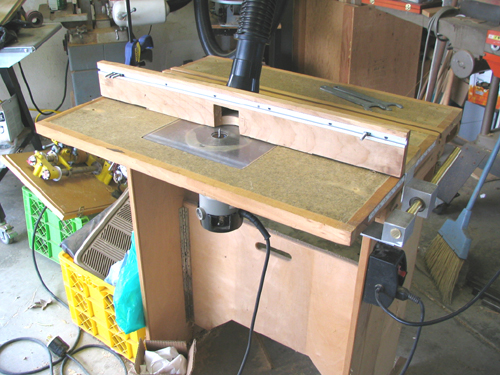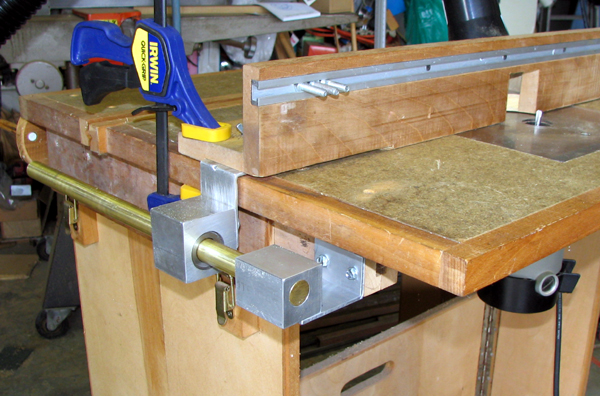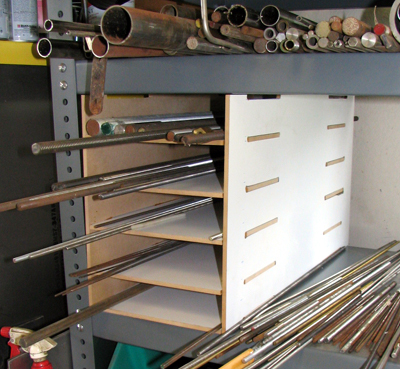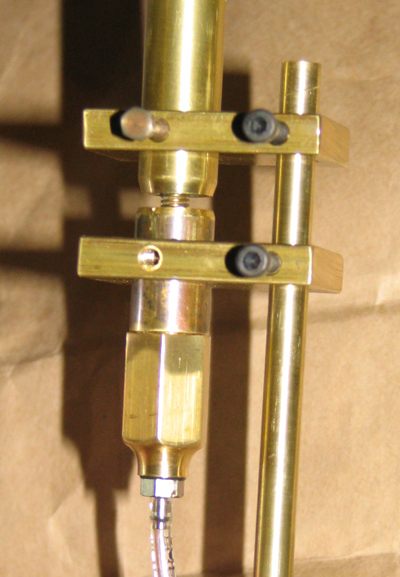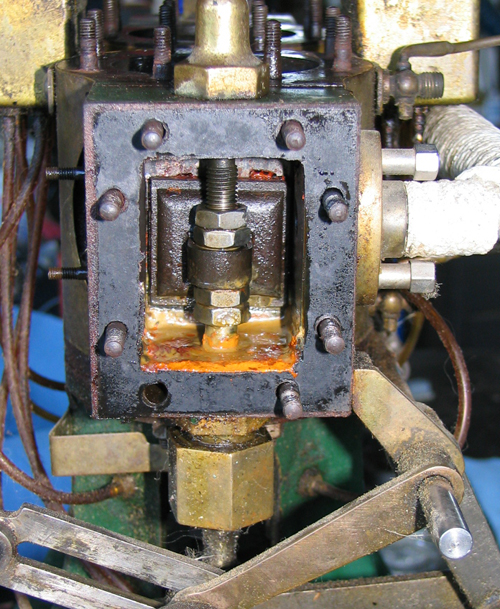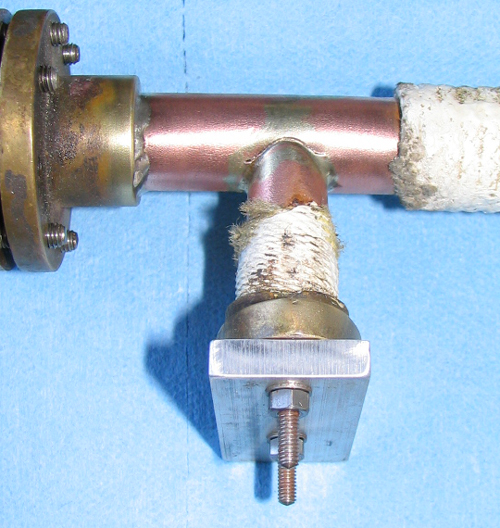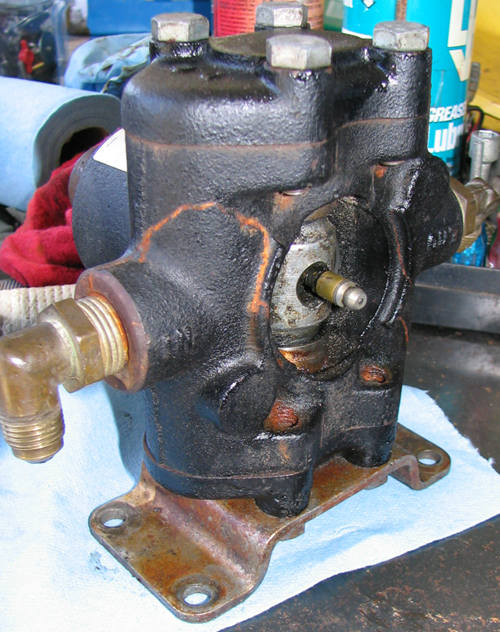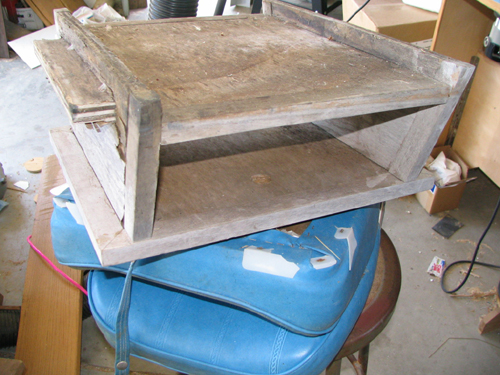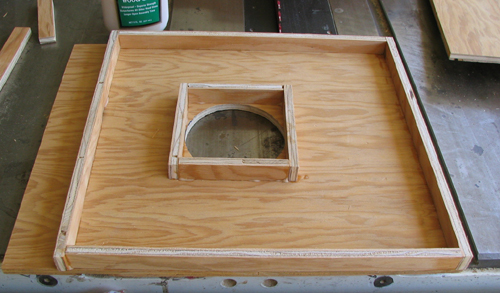I had an idea for a set of mini-shelves that would nest within my new larger shelving system. This mini shelf complex would hold all of the odd bits; i.e. allthread, keyway stock and the like, seperate from general inventory. I designed a system that could go together with no other fasteners than some glue, but to do so it required that I be capable of routing parallel slots in pieces of material that were too big to attach to the mill. Trouble was I didn't have the kind of fence I needed on my router table, so I made one.
So, at long last, with all the stuff I could imagine adding to my shop added I finally got down to doing some actual WORK! First up was an attempt to figure out how whistles work. I'd been looking around for a good source of whistles on the web but everything I found was either ugly or very expensive. I had need for several dozen of them if I was going to have a chance of making that calliope I've been coveting for several years. In the end I found some info that described how to build a Helmholtz Resonator, which is the mechanism by which most whistles do their thang.. With that bit of knowledge I made a small run of whistles.
Setting aside the whistle project for a bit I had a visit from my stoker Richard. We took time out to tinker with the steam engine and other bits and bobs from my steamboat.
Somewhere along the line I realized I needed another widget for the shop so I stopped work on the plinth to build it. It's a simple thing, designed to remedy a deficit in my Jet benchtop spindle sander, which lacks sufficient up/down movement to utilize all of a sanding drum. With this I could complete the plinth and a couple of other woodworking projects for the steamboat.
